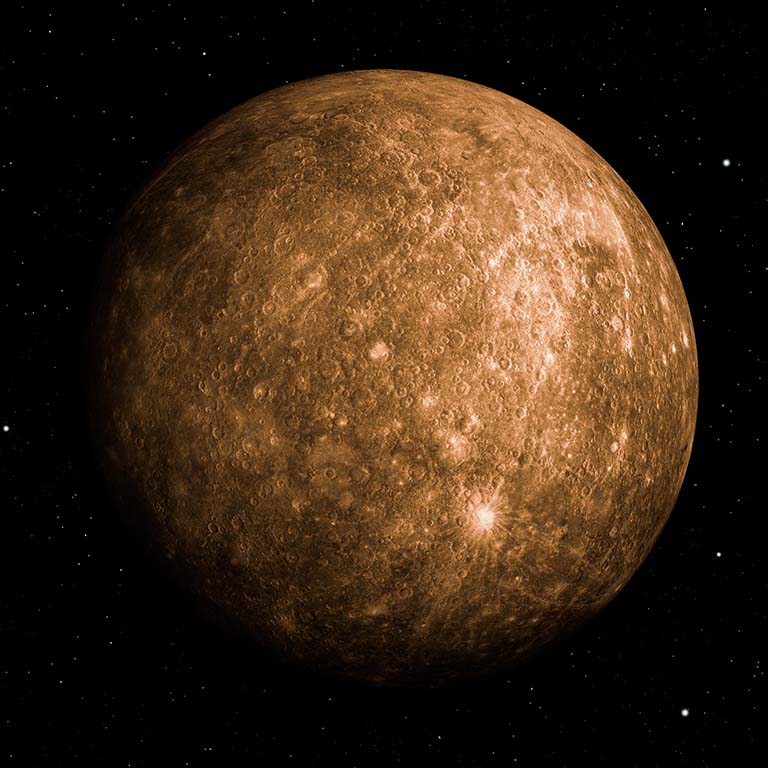BLOOMINGTON, Ind. – Mercury and Venus will offer their best display of the year in April. Look for the two planets each evening, with Mercury at its best in the first two weeks of the month.
On April 1 Mercury will be 5 degrees above the western horizon 45 minutes after local sunset, setting more than an hour after the sun. Venus will be 21 degrees higher than Mercury, dominating the evening sky
Nearby on the right will be the Pleiades and Hyades star clusters, combining with Venus to make a pretty sight in binoculars.
Mars will have a fine appearance at the start of April, standing 2 degrees northeast of the bright star cluster M35 in the constellation Gemini, a beautiful sight in binoculars. The Red Planet will continue its journey across Gemini all month, remaining visible until well after midnight.
Saturn will return to the morning sky this month, rising in the constellation Aquarius shortly after 5 a.m. local time on April 1 just as twilight begins. By month's end it will rise two hours earlier and be 8 degrees high at the start of twilight. Saturn will outshine all the stars in this part of the sky.
Jupiter will be too close to the sun for observation during April.
Meteor shower
The Lyrid meteor shower will peak before dawn on April 23. For those watching in North America, 10 to 15 meteors per hour may be visible in a clear dark sky during that time. The meteors can appear anywhere in the sky, but they will seem to come from a point called the radiant in the constellation Lyra, which gives the shower its name. Lyra's bright white star Vega will be almost at the radiant, and the meteor count should be highest when Vega is overhead.
Moon phases
The moon will be full on April 6, at last quarter on April 13, full on April 20, and at first quarter on April 27.
Author: Hal Kibbey Email: hkibbey [at] gmail.com


 The College of Arts
The College of Arts